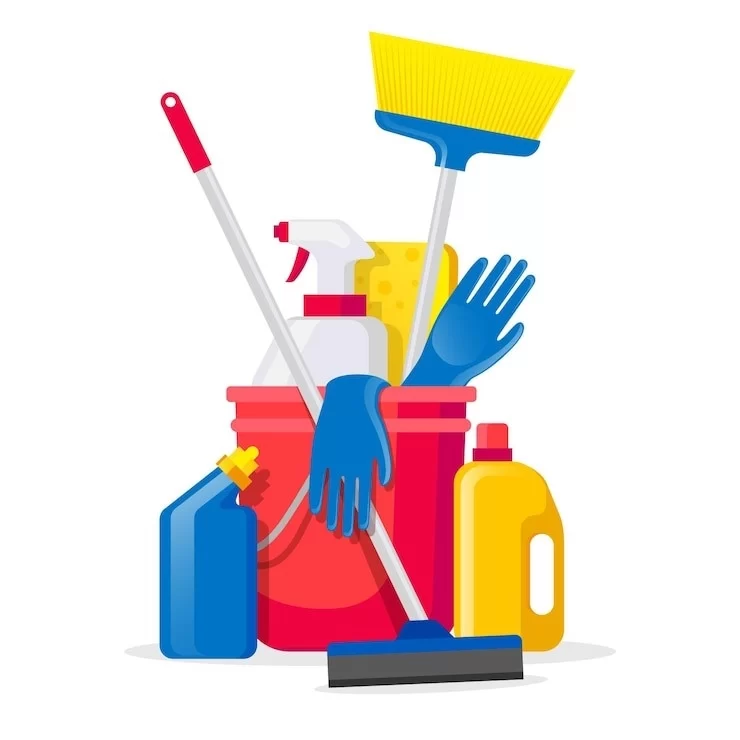You need not stress yourself if you do not know how to clean up blood. We have the perfect step-by-step guide for you.

You need to understand that you’re about to do something that is not regular or normal at all. Cleaning up blood spills requires extra care.
Cleaning up with a mop and a bucket won’t suffice. Blood is a biohazard and you need to deal with it carefully. It can easily transmit illness, and diseases, and even cause death if no infection control measures are set.
If you’re not confident with your cleaning skill and you hardly have any protective equipment at home, it’s best if you could just allow professional trauma cleaners to do the work for you.
Most people are not careful when it comes to biohazards because they’re not even familiar with what a biohazard is. A biohazard is any biological substance that can be potentially infectious.
Samples of such are as follows: plants, microorganisms, animals, or their by-products. Other human bodily fluids and blood spills are also examples of biohazards.
A trauma cleaner is a cleaning professional that knows how to deal with biohazards. If you are going to clean up a blood spill or a crime scene that has already been reported to authorities, it’s best if you could work with professional trauma cleaners instead.
Trauma cleaners undergo intense training. They know all the protocols that need to be observed when cleaning up blood spills or a crime scene. They also work closely with police authorities.
Trauma cleaners can only ever do their job properly if they have the proper protection. They use medical-grade Personal Protective Equipment (PPE) to ensure that everyone remains safe and fully protected.
All their equipment is dedicated to single-use only. They are then disposed of properly by following protocols on hazardous waste disposal. They do this immediately after their cleaning is complete. Professional trauma cleaners use the following PPE:
Professional cleaners also use industrial-strength cleaning solutions and equipment. The following regular cleaning tools are used together with such specialized solutions and equipment:
They have dedicated single-use cleaning products that they dispose of immediately after cleaning up a scene.
Also Read: 5 Methods to Properly Dispose of Waste
Trauma cleaning is not an ordinary job. You will have to observe the following steps to secure that you effectively restore your property to how it was before the trauma took place.
No trauma cleaning should ever take place if you or a trauma cleaner is not wearing the necessary protective gear. The following are the steps that you should observe should you opt to clean a trauma or crime scene:
This is essential to trauma cleaning. Before doing anything, you should first do a full assessment of the property. Take note of:
No cleaning should take place if you have yet to determine the spaces and areas where all biohazards exist.
Once you’ve determined all the biohazards and the spaces where they are, you will then have to remove such biohazards. You may need to altogether remove a part of a property if too much damage has been done and no restoration is possible.
Biohazards are immediately disposed of upon removal. They are placed in biohazard waste containers and sent to the proper disposal facility.
Once all biohazards are dealt with, it is then that cleaning can take place. Cleaning, disinfecting, and deodorizing will take place. Residual fingerprints and stains will also be removed.
You should seek professional help if you know that you do not have enough skills and equipment for the job. You should all the more work with trauma cleaners if you are still emotionally distraught and are not in a proper headspace for a meticulous and draining activity.
Should you choose to work with professional trauma cleaners, do consider the following factors: